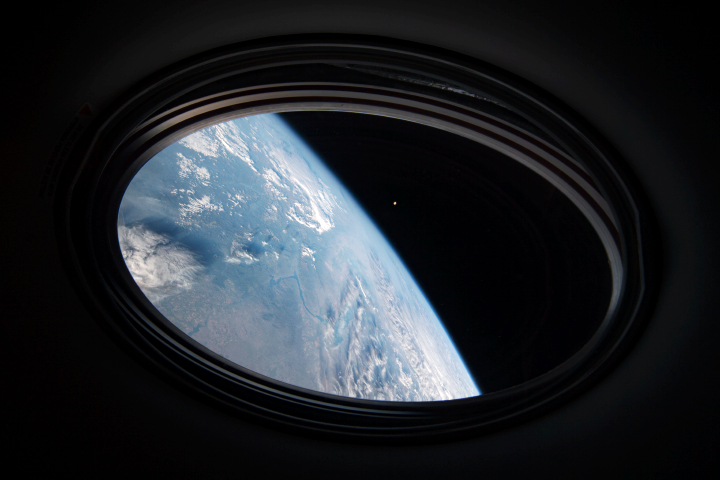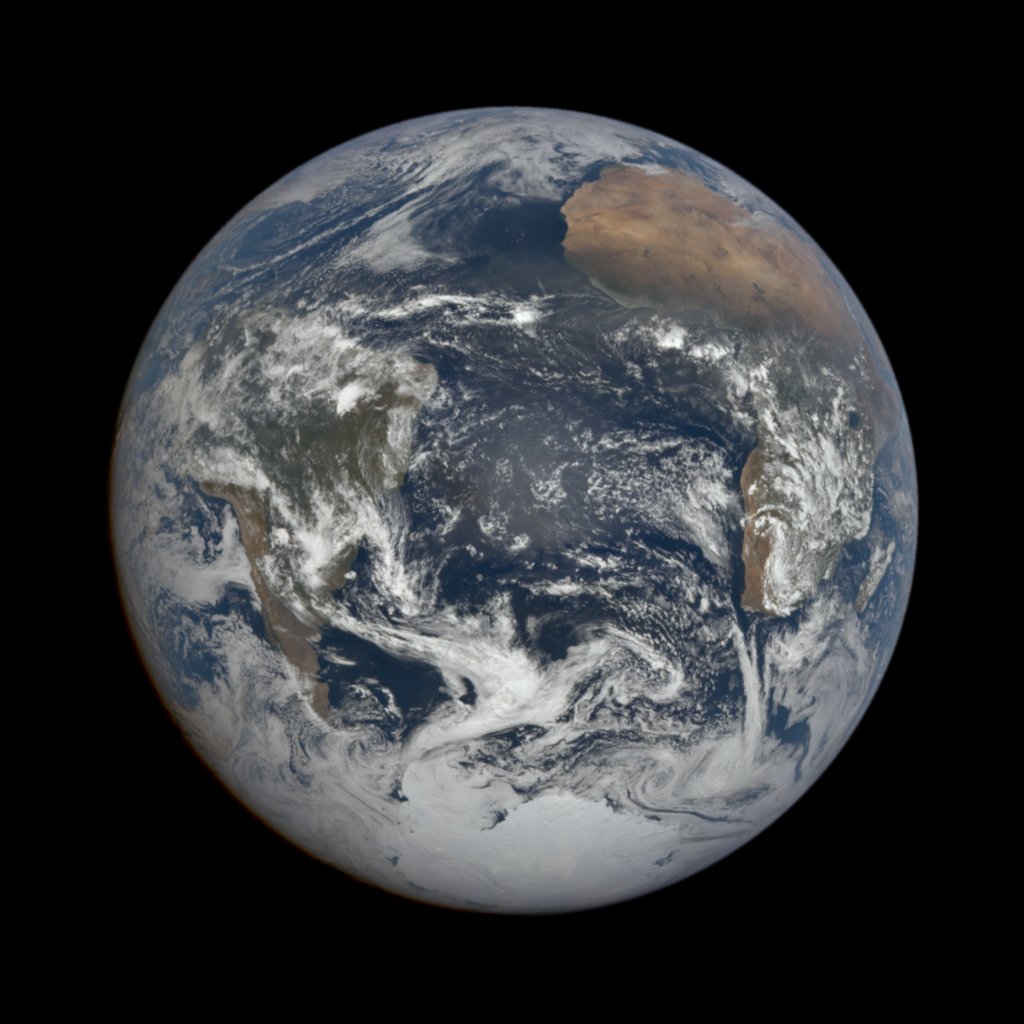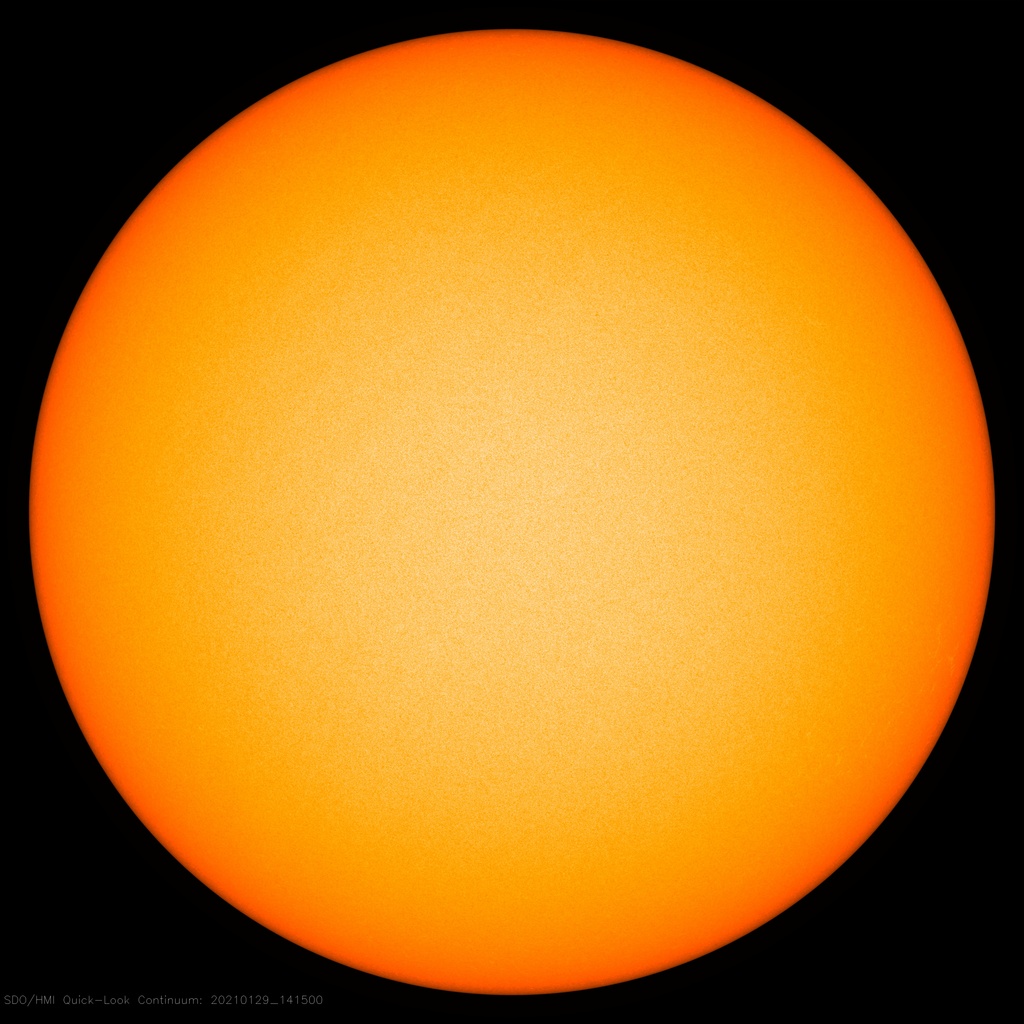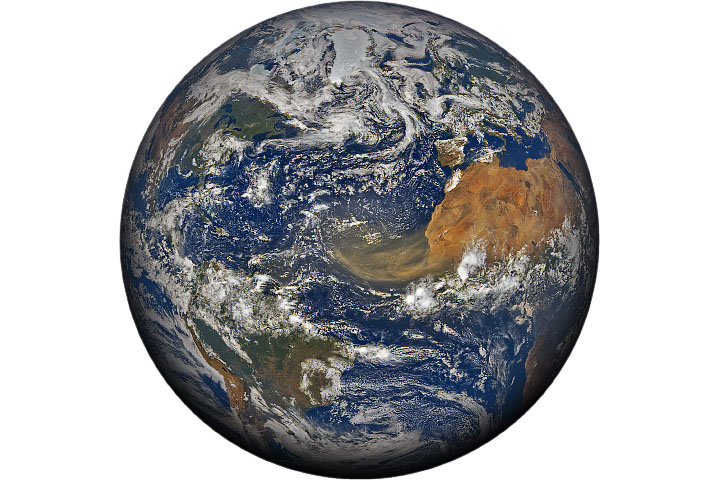
We now have the first continuous near real-time observations of how humans are increasing Earth’s greenhouse effect, developed by @NASA & university partners. The research directly demonstrates how human activities are responsible for changing the climate.
go.nasa.gov/3ck7PNf
go.nasa.gov/3ck7PNf
In the long run, all planets balance the energy they receive and the energy they emit back to space. Most of the energy coming from the Sun is shortwave radiation, or visible light. Energy absorbed by Earth warms the planet and longer wave (heat) energy is emitted back to space.
Some light isn't absorbed by Earth because it is reflected by the atmosphere, particles, and clouds, or light colored surfaces. Some heat heading to space is trapped by clouds and the atmosphere and gets re-radiated back down — the greenhouse effect — causing more warming.
This study filters out variations in Earth’s energy budget due to feedback processes to show changes from aerosols (reflective particles in the atmosphere) & increases in the greenhouse effect caused by emissions of gases like carbon dioxide — the energy changes caused by humans.
Tracking these increases in radiative forcing — less & less energy escaping to space — not only reinforces the scientific conclusion that humans are driving climate change, it may enable monitoring the impact of emissions policies and refining model projections of future change.
The study was led from @NASAGoddard, with colleagues from @UMiamiRSMAS, @CICERO_klima, @SEELeeds, & @IIASAVienna, using CERES data from @NASA_Langley and AIRS, CloudSat, and CALIPSO data from @NASAJPL.
• • •
Missing some Tweet in this thread? You can try to
force a refresh













